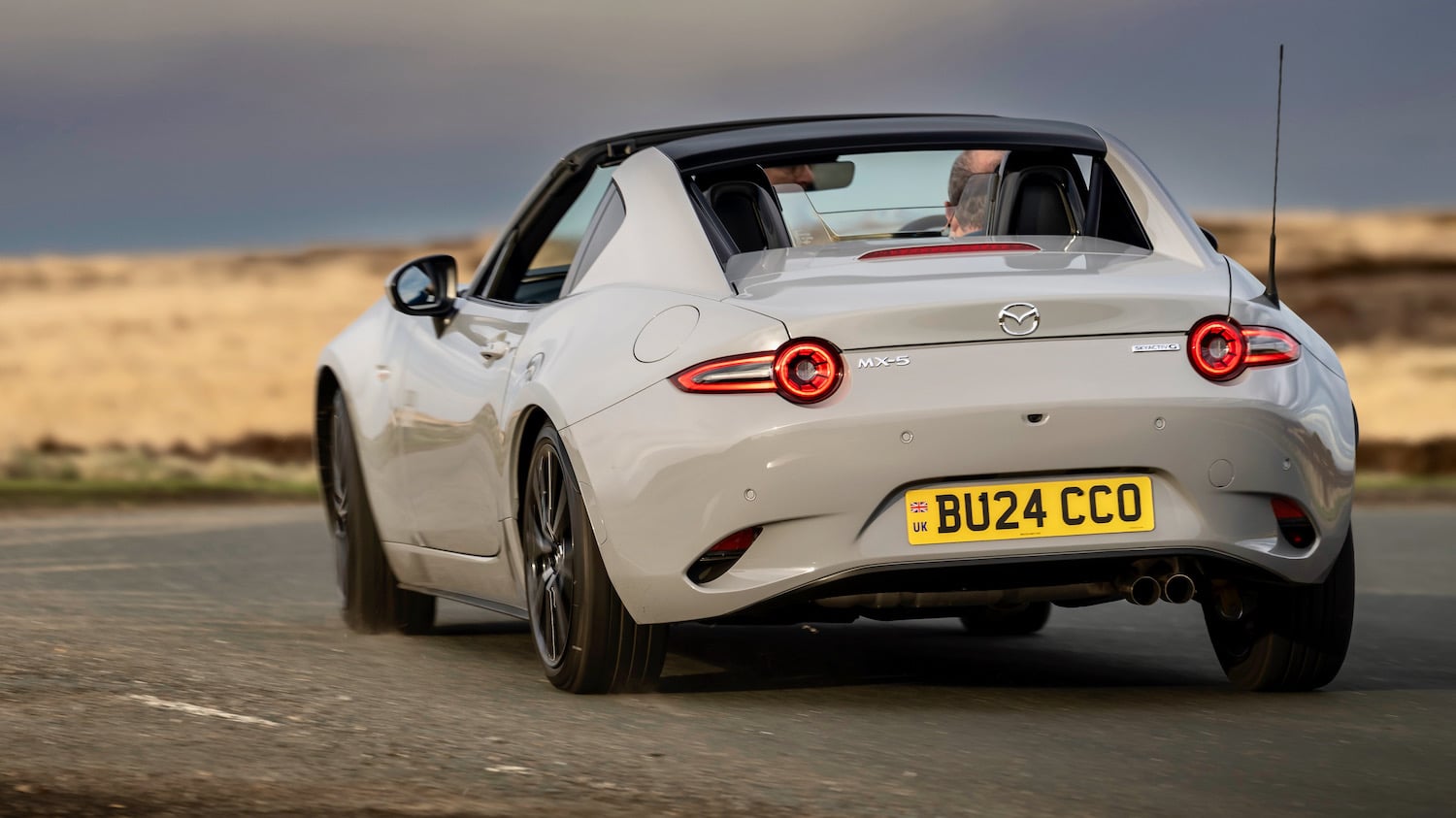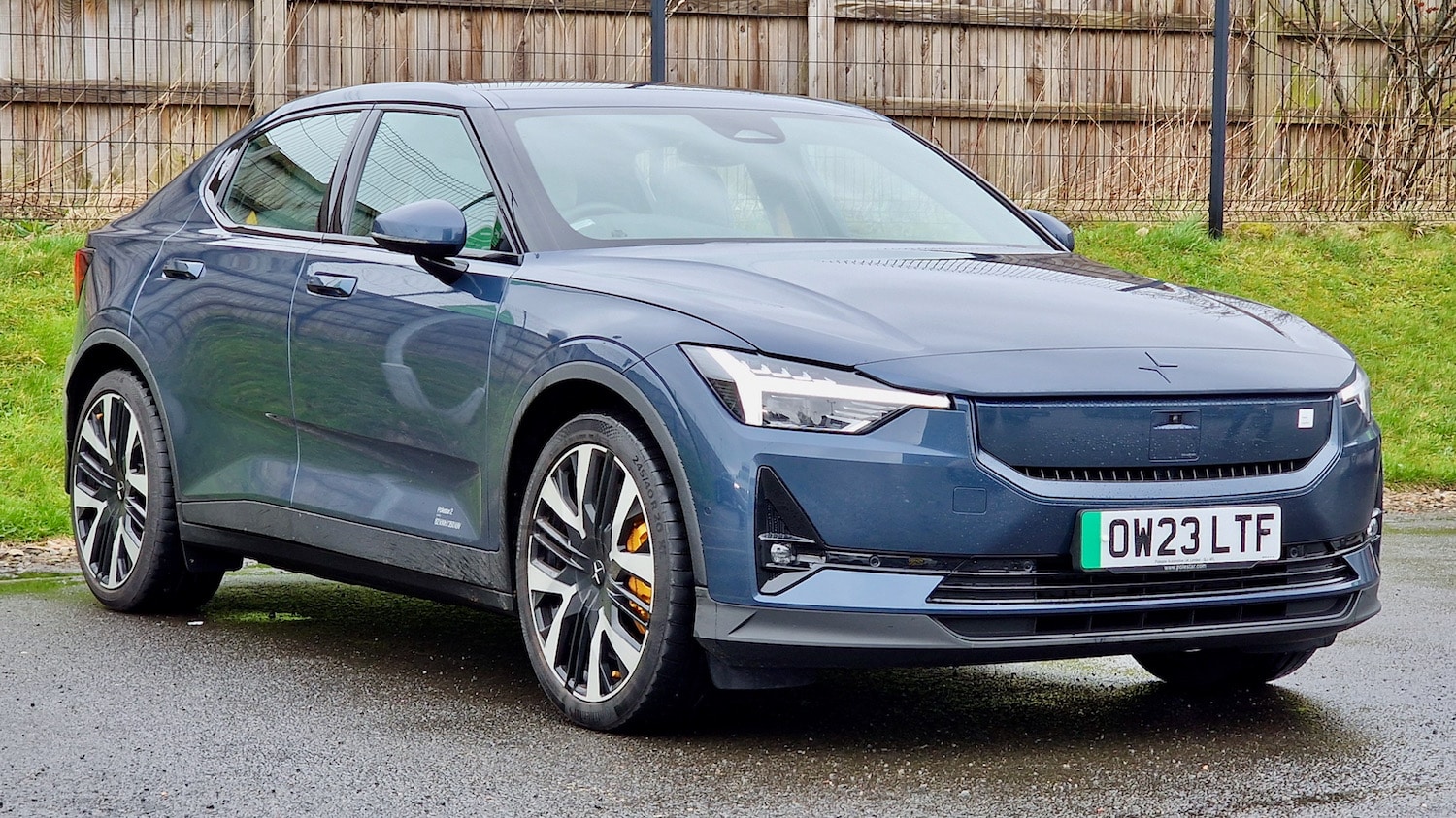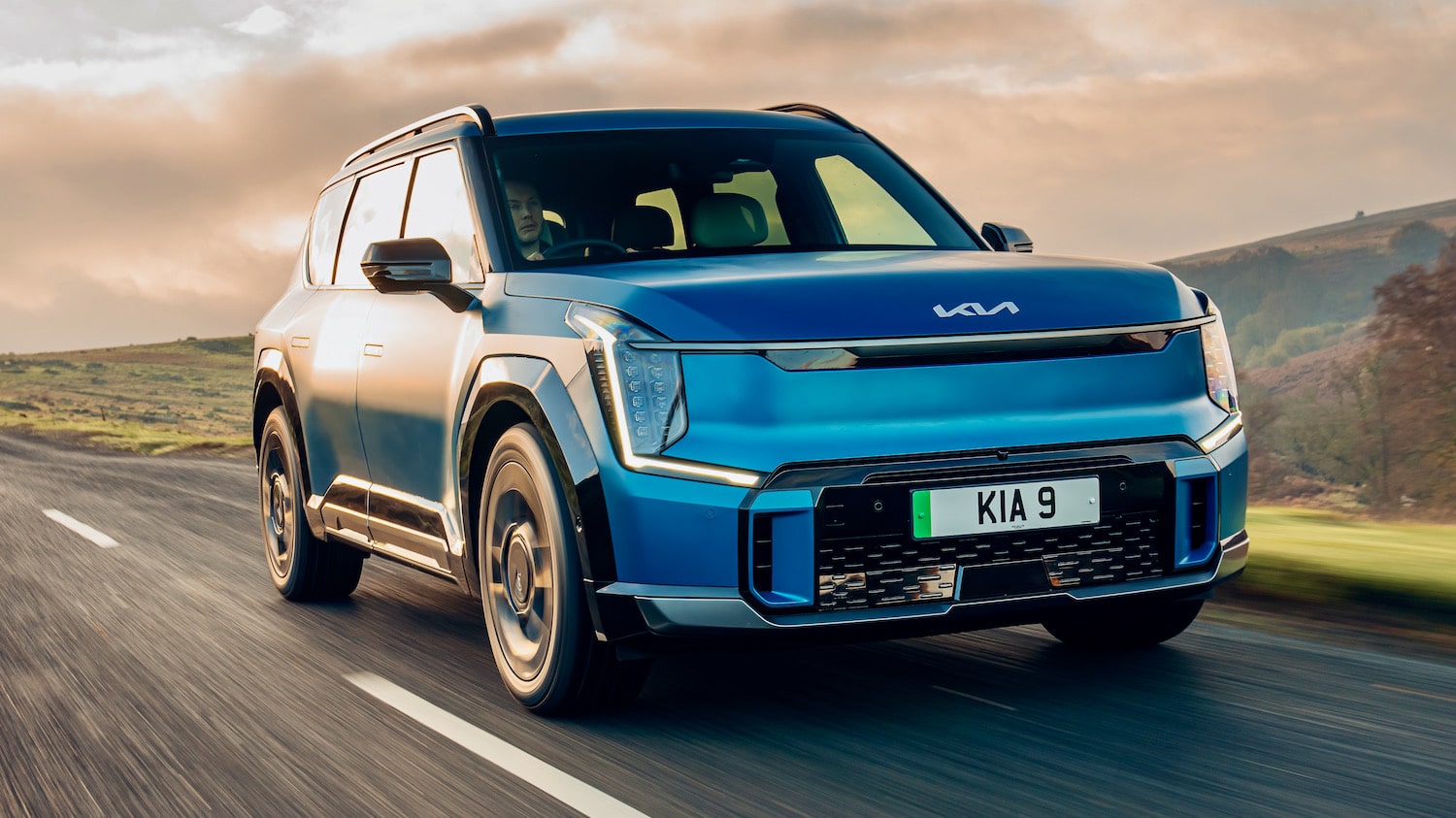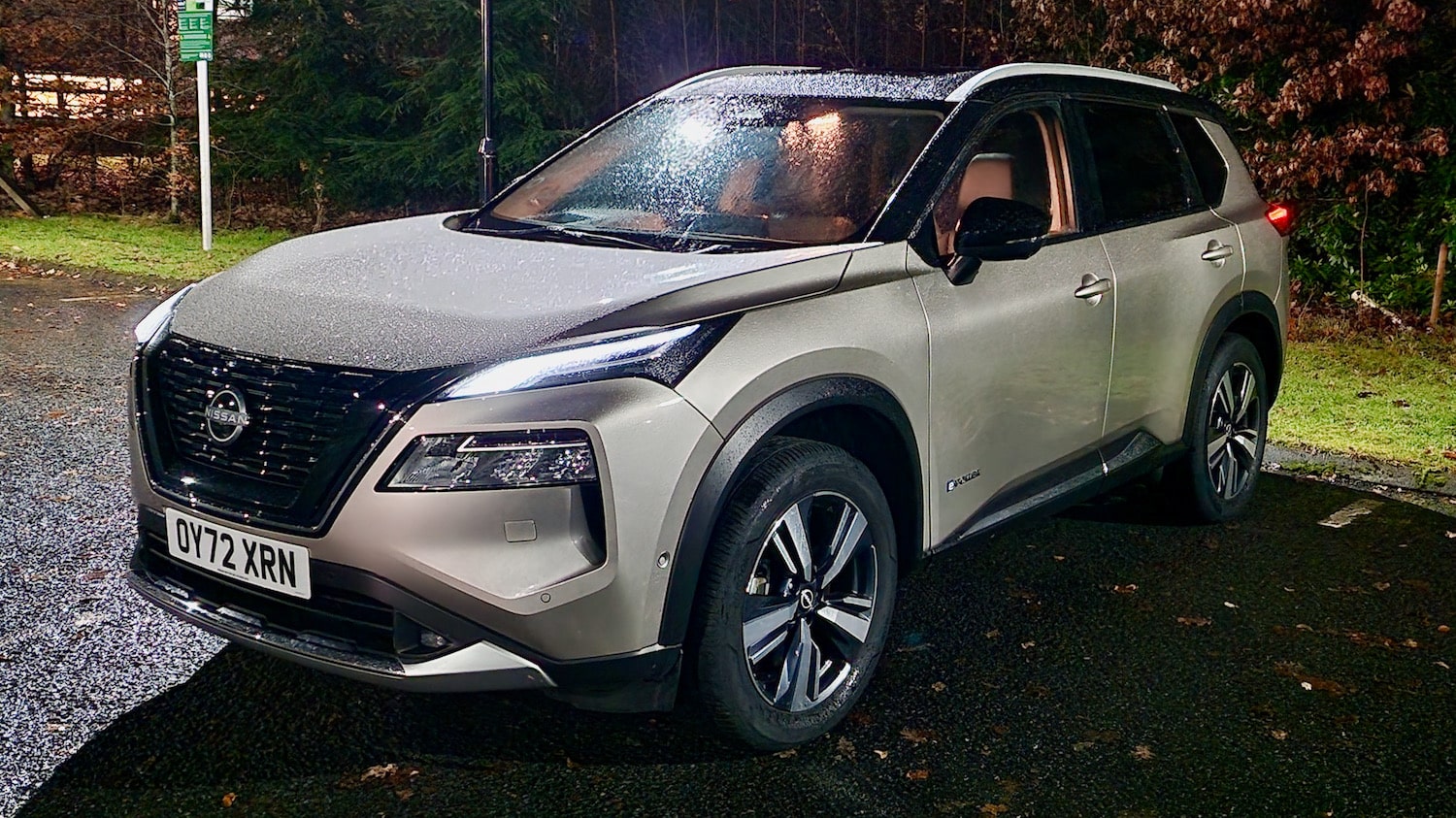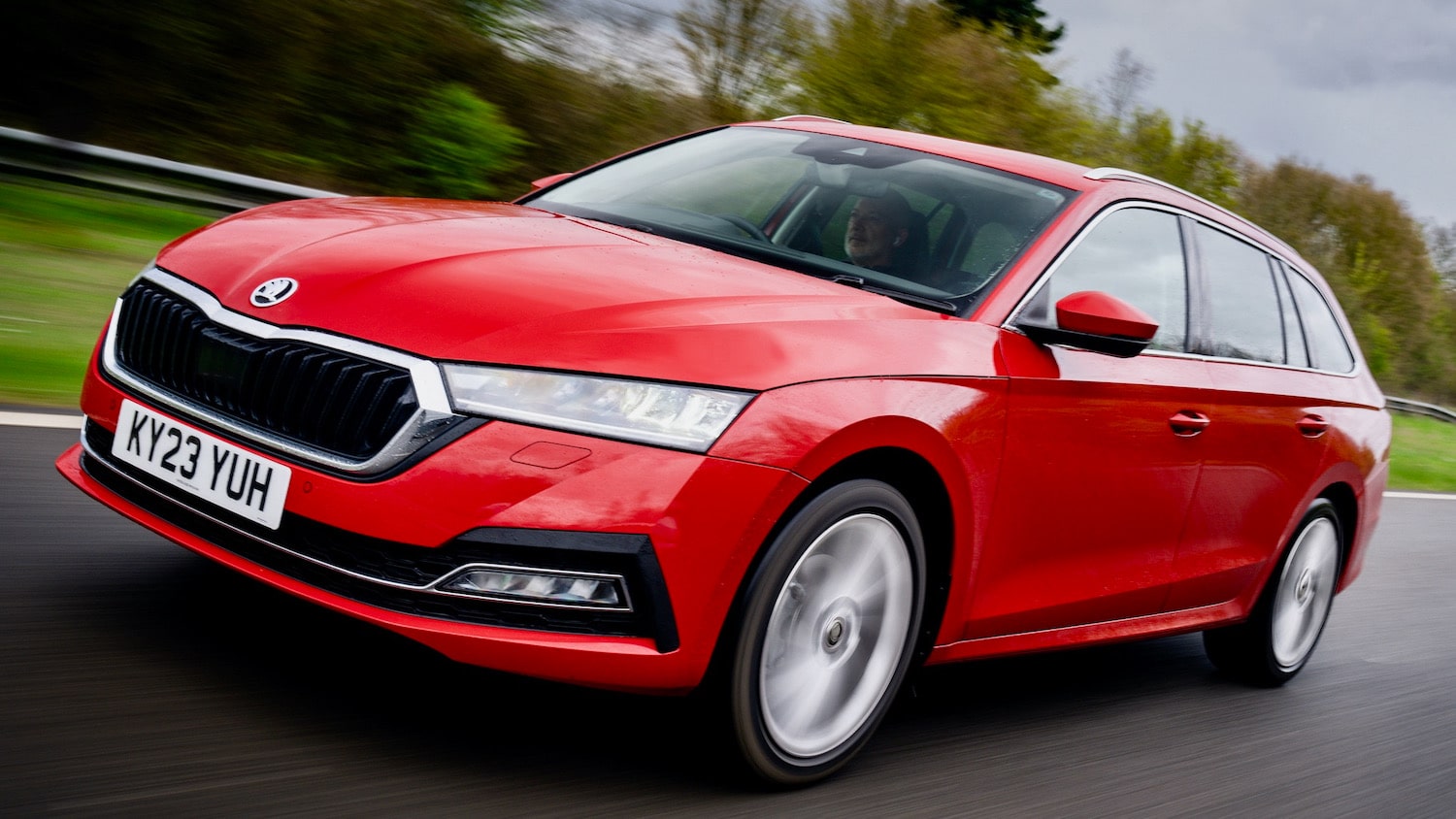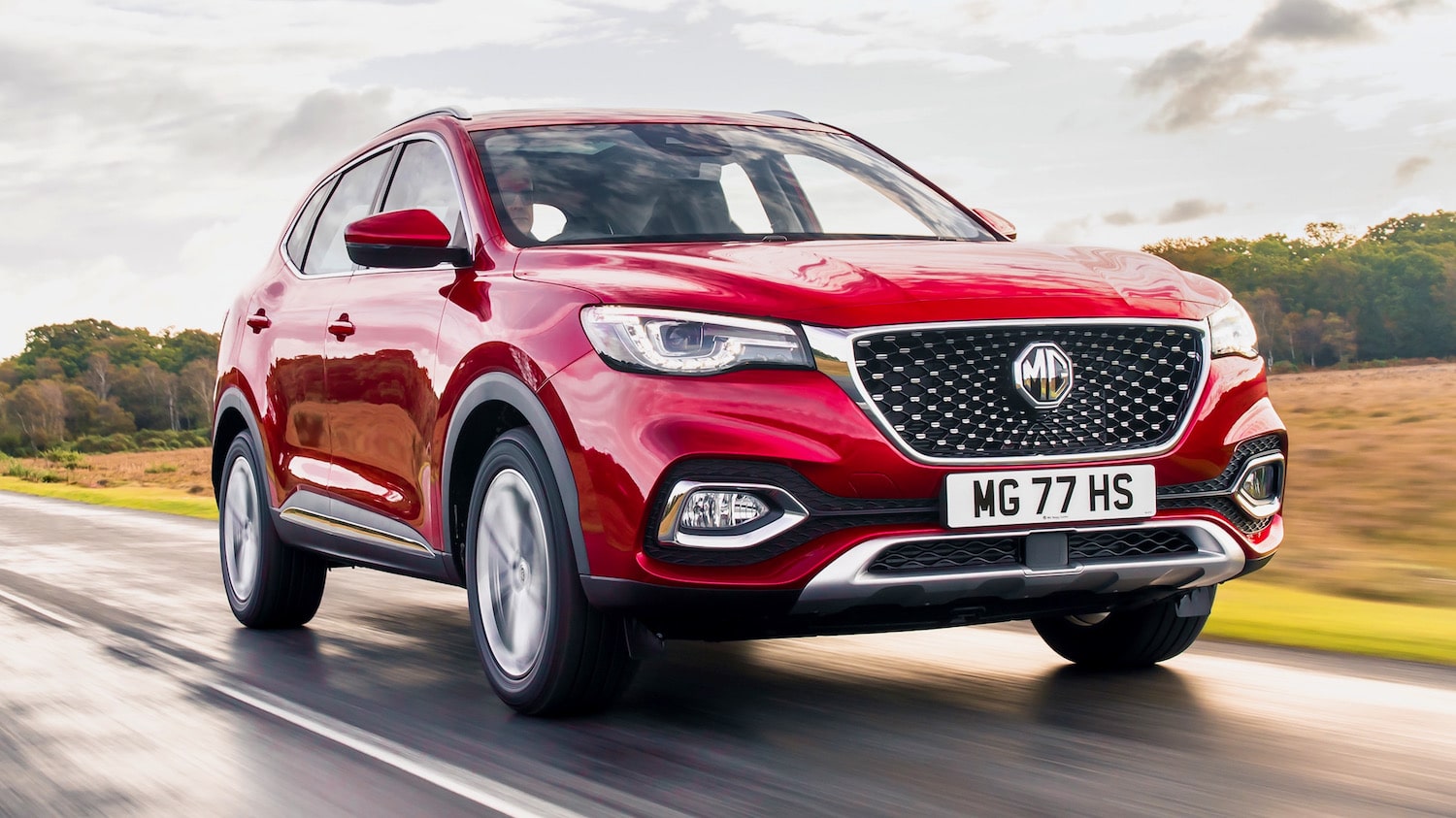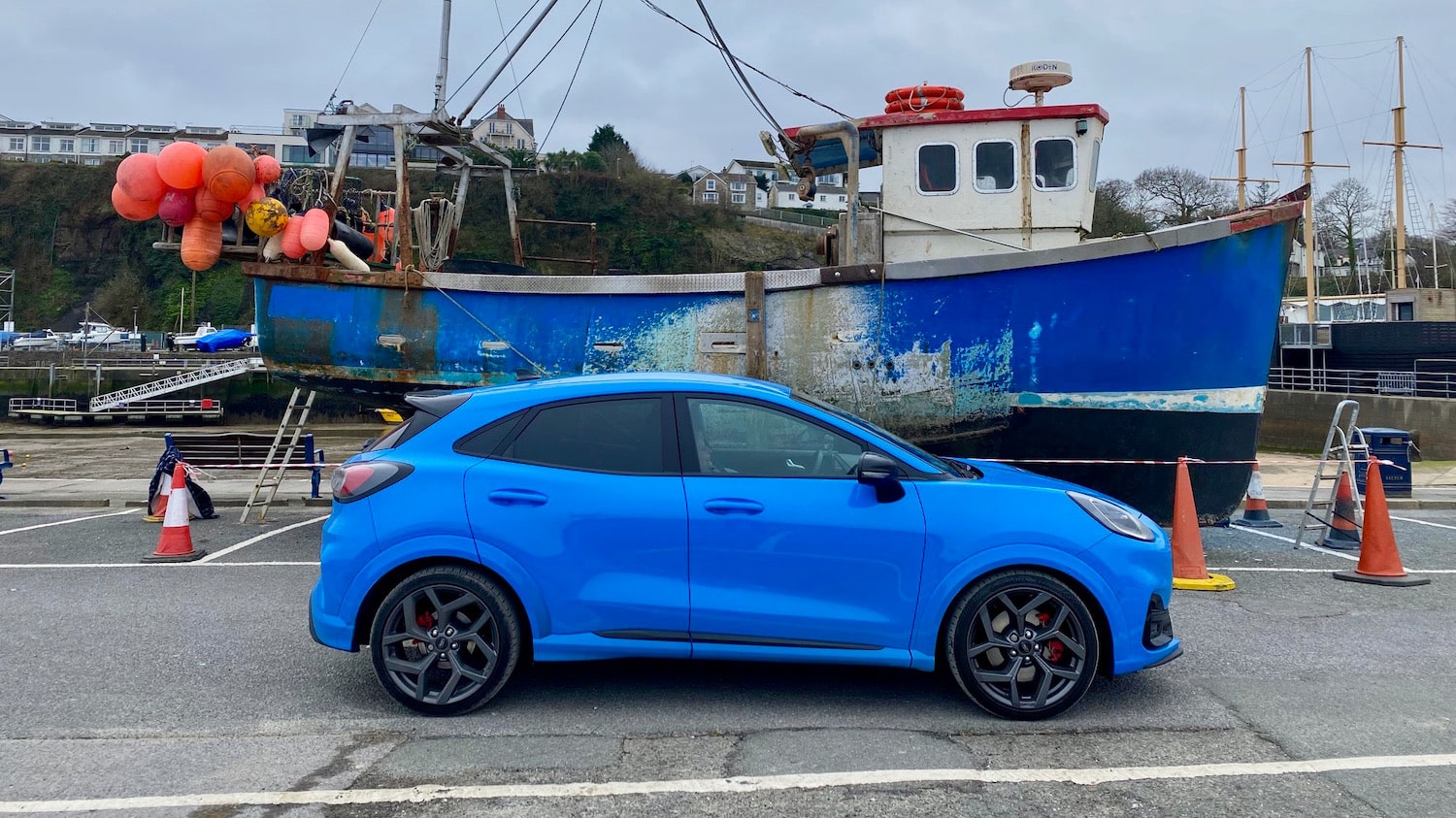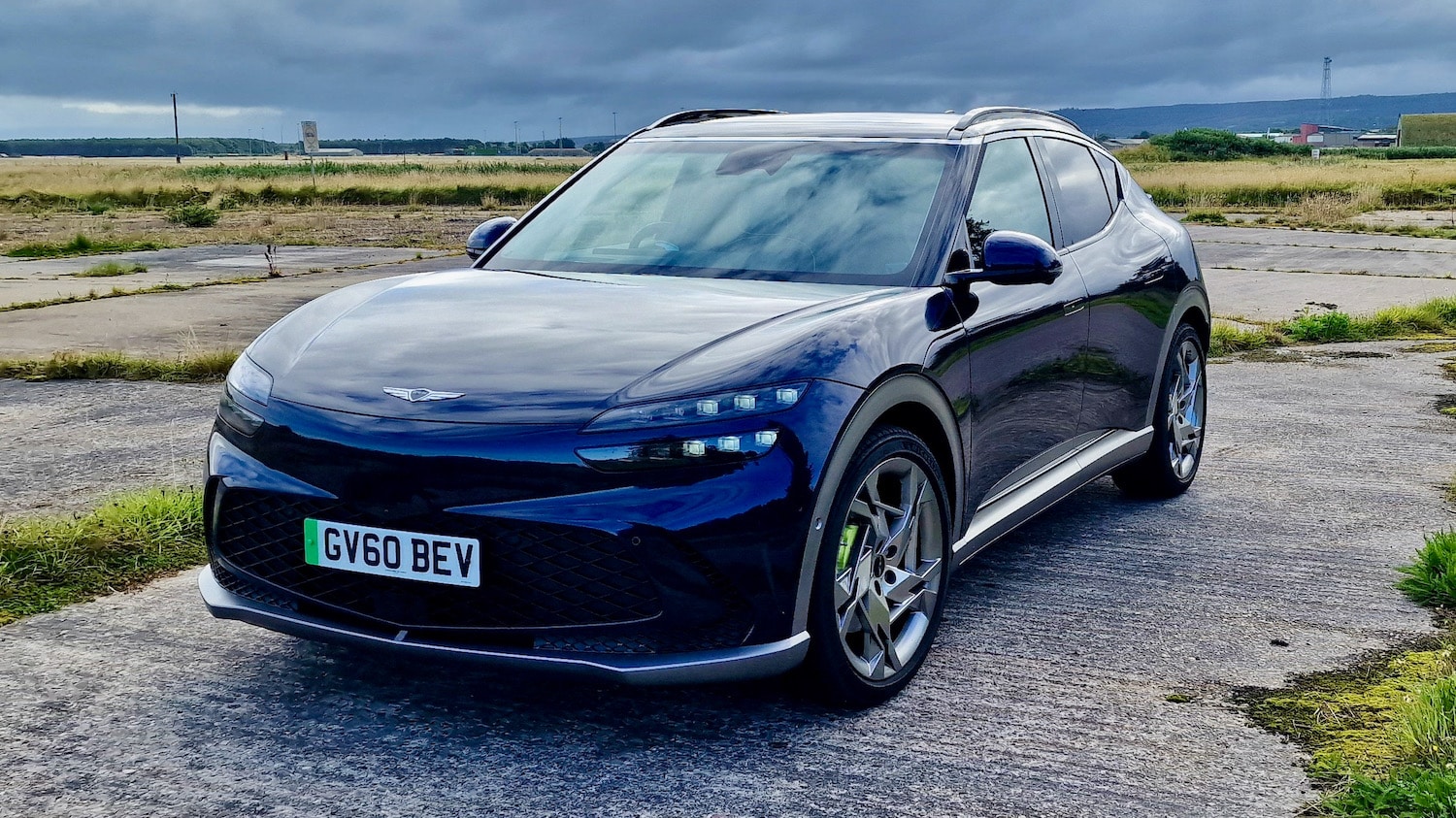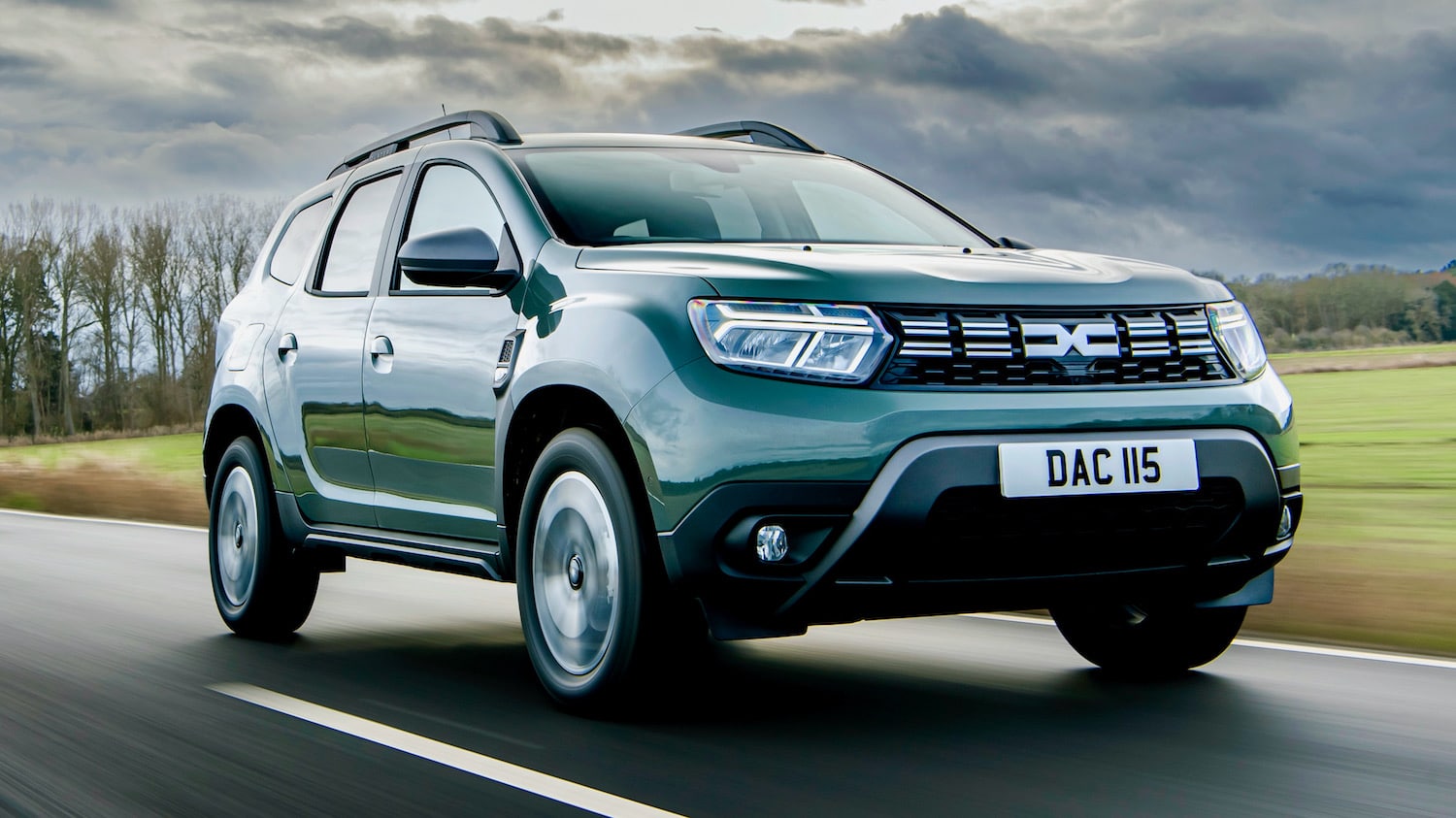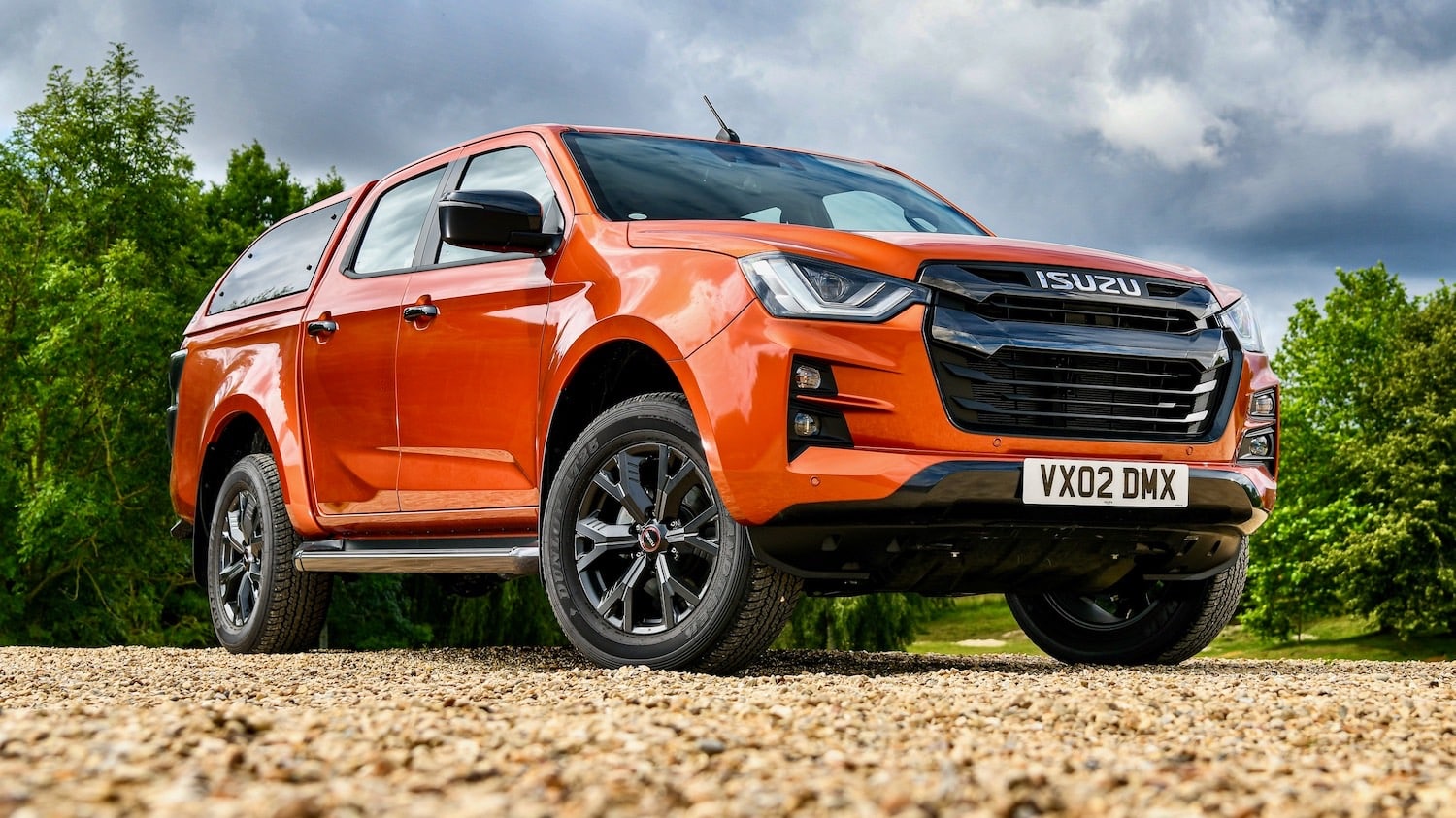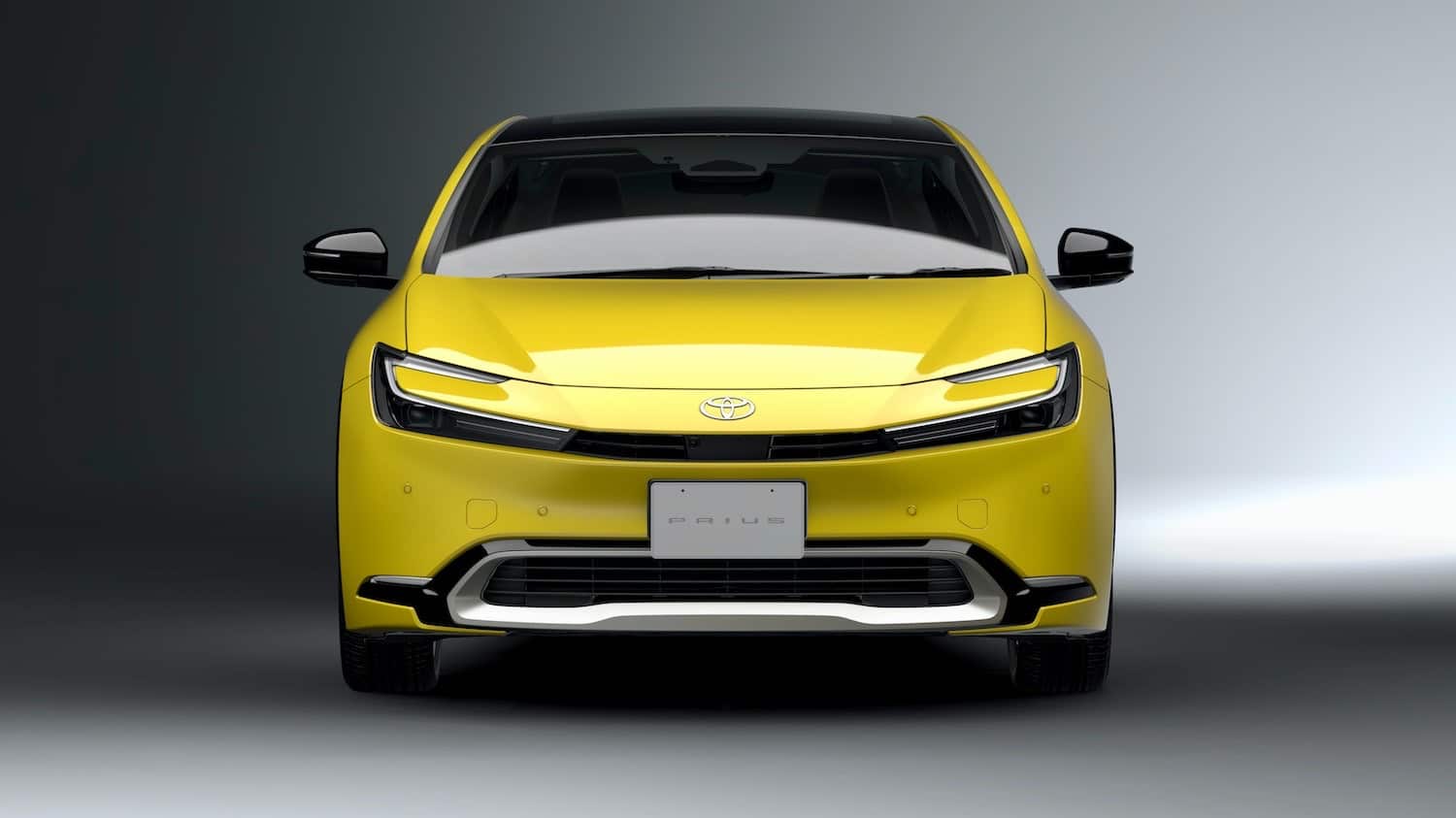Back in 1960, the original MOT had just three items on the checklist: steering, lights and brakes.
These three items are still on the list and in more than one of the six itemised sections, which your car will be subject to, should your MOT be due: if it is, Elite’s trusted team of technicians is offering convenient, stress–free MOT testing in London which helps you get the most out of your vehicle. Let’s have a look at these six sections found on the MOT checklist here, which are as follows:
Interior checksThis requires the MOT inspector to examine the interior of the car’s cabin, checking that seats are securely fixed, that seatbelts are present and in good working order, and so on. Levers and buttons are also checked to make sure they work as intended. Brakes are checked here when the inspector presses the brake pedal and makes sure that the pedal sinks smoothly with an appropriate amount of resistance. They will also check the hand brake is equally easy to use without being too sensitive.
Exterior checksThe inspector will walk around the car, looking for things like rear view mirrors being in place and correctly positioned. Rust on the car body will be assessed (often leading to advice to get it sorted before the next test, if it is not yet too bad), as will the fixing and visibility of the numberplate, amongst other items.
Under bonnet checksPopping the hood, the inspector will check the radiator and battery and may even check seemingly minor things like the screen wash reservoir. If the brake system can be seen here, it will be checked too, with the inspector following the brake lines to ensure that they run smoothly, under the right level of tension and are not likely to become overheated, bound up on protrusions, and have no apparent flaws or faults.
Under vehicle checksYour car will be placed onto an inspection pit, and the inspector will look at the bottom of your vehicle, checking for signs of damage, anything that might cause an issue, and signs of tampering with features like the catalytic converter. Several systems run along the bottom of the car, and these are ‘eyeballed’ to ensure they’re in good nick: the braking system is one of these, with the visual inspection from the under bonnet checks continuing as far as possible.
EmissionsThe most minor section occupies only one line, and that space is to be filled in with the readings the inspector gets from running your car for a while, with a test filter in place.
BrakesThis section involves the actual operation of your brakes. The inspector will run your car and test the brakes by performing handbrake or emergency stops, as well as gradually stopping the vehicle with the service brakes and, again, performing an emergency stop with just the service brakes.
So, you can see just how important it is for your brakes to be in excellent condition – it keeps you and other road users safe while driving about, living your best life.
Recent Reviews
The latest cars, suvs and crossovers reviewed by our experienced journalists.
MAZDA MX-5 RF Exclusive-Line, better than ever
Thirty-five years later, the current Mazda MX-5 Mark 4 version has had a few upgrades Car Reviewed: …
Polestar 2 Performance Pack – Almost nailed it
The Polestar 2, performance-focused EVs can be great fun Car Reviewed: Polestar 2 Performance Pack H…
Kia EV9 GT-Line S, a modern day spaceship
The Kia EV9 isn’t just another SUV. It’s a lifestyle choice, navigating family practicality with a s…
Nissan X-Trail e-Power, takes charge
The Nissan X-Trail e-Power, no need to charge this one Car Reviewed: Nissan X-Trail e-Power Tekna Wh…

